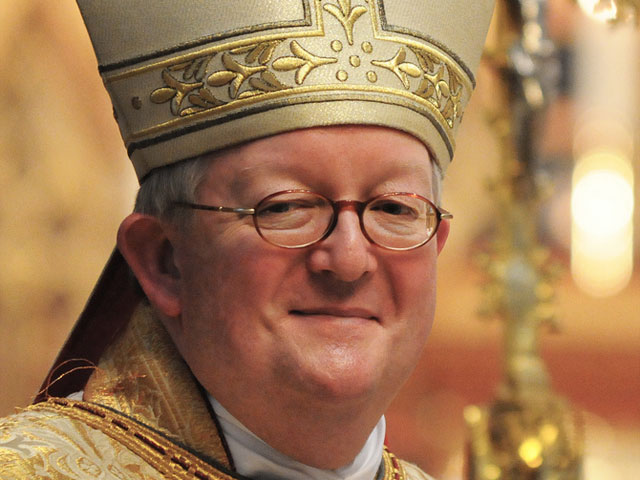Outrage is a tricky thing. The worldview a reporter brings to the coverage of a story, such as loathing or disgust, will color his account of the incident. For an American tabloid or British redtop we expect bias, sensationalism and outrage — faux or genuine.
But when should a reporter for a quality, mainstream newspaper seek out sources who can debate why an act is or is not evil?
A story dated March 24, 2014 in the Daily Telegraph entitled “Aborted babies incinerated to heat UK hospitals” prompts me to ask, “what’s all the fuss about?”
The lede states:
The bodies of thousands of aborted and miscarried babies were incinerated as clinical waste, with some even used to heat hospitals, an investigation has found. Ten NHS trusts have admitted burning foetal remains alongside other rubbish while two others used the bodies in ‘waste-to-energy’ plants which generate power for heat. Last night the Department of Health issued an instant ban on the practice which health minister Dr Dan Poulter branded ‘totally unacceptable.’
The article summarizes the findings of a Channel 4 documentary produced by Dispatches entitled Exposing Hospital Heartache set for broadcast on March 24, summarizing its findings, and offering commentary from government health ministers. In addition to the Health Minister’s comment that “this practice is totally unacceptable,” we learn the NHS medical director has written to all state hospitals ending the practice. The Chief Inspector of Hospitals is quoted as saying:
I am disappointed trusts may not be informing or consulting women and their families. This breaches our standard on respecting and involving people who use services and I’m keen for Dispatches to share their evidence with us.
The issue then, according to the Chief Inspector of Hospitals, is one of respect.
Abortion in the UK is legal. The fetuses burned by the hospitals are not human beings according to the laws of Parliament and all right thinking people. Should not the NHS be lauded for its pioneering efforts at recycling and reducing Britain’s “carbon footprint”?
The bad act under discussion according to the chief inspector of hospitals is not the incinerating of dead babies but the disrespect shown to NHS clients — offending the sentiments of the tissue donors — or parents.
The assumption that under girds this article is that something terrible has happened, but we cannot identity the horror. Naming the evil is forbidden (by political correctness, by an earnest belief in the moral goodness of abortion, by a rejection of Judeo-Christian morality) and in its place we have outrage over poor customer service.
Is a fetus a baby? Or is it a lump of tissue? The law in Britain and the U.S. tells us that it is a lump of tissue. In the moral universe that permits such thinking the recycling of biological waste should be celebrated. For those who follow a different path, the incineration of babies to heat hospitals is but the compounding of an evil — akin to the Nazis making lampshades from the skins of murdered Jews with interesting tattoos.
Which takes us back to my opening journalistic question: How should a newspaper report on evil when its audience is sharply divided over the definition of evil?











